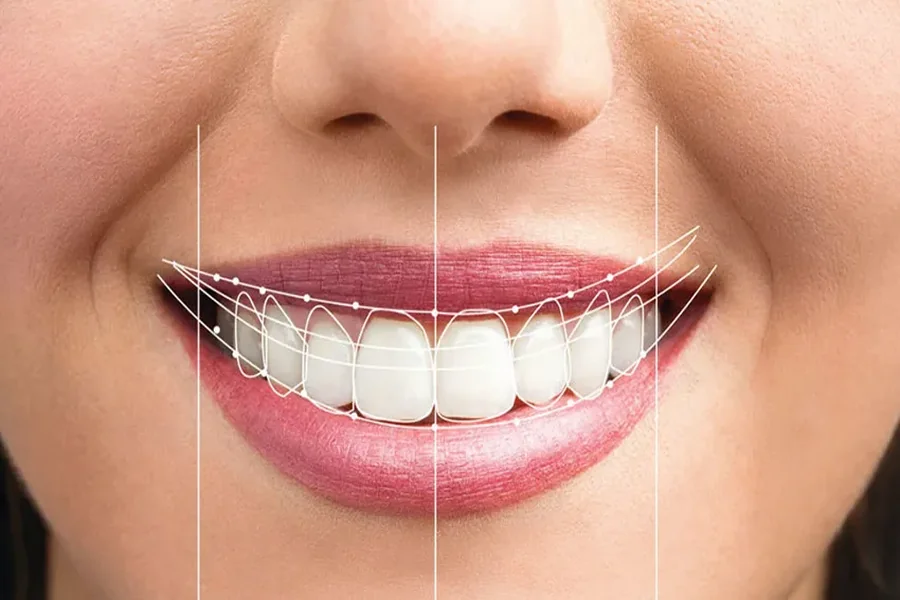Improving your smile boosts confidence and enhances first impressions. Veneers and bonding offer two effective ways to achieve that. These treatments fix chipped, stained, or uneven teeth. A dentist in Brookline, MA, can help you decide which option suits your needs. Veneers are thin shells placed over teeth, providing a natural look. Bonding uses a tooth-colored resin for minor repairs. Both options create a beautiful smile quickly and effectively. These treatments are also safe and long-lasting. Choosing the right method may seem challenging, but expert guidance makes it easier. Trust experienced professionals to enhance your smile carefully and skillfully. This journey not only transforms your appearance but also fosters a positive self-image. Gone are the days of feeling self-conscious about your teeth. Embrace a future where you smile freely and confidently. Remember, a brighter smile awaits you, hand in hand with newfound self-assurance.
Understanding Veneers
Veneers offer a reliable way to enhance your smile. They are custom-made shells designed to cover the front surface of teeth. Dentists often recommend veneers for a variety of dental issues. These include discolored teeth, gaps, and irregular shapes. The application process involves multiple steps. First, the dentist removes a small amount of enamel from the tooth surface. Then, they make an impression of your teeth. This impression helps create veneers that fit perfectly.
Veneers are usually made from porcelain or composite resin. Porcelain veneers resist stains and mimic the light-reflecting properties of natural teeth. According to the American Dental Association, veneers can last up to 15 years with proper care. Regular brushing, flossing, and dental visits ensure their longevity. However, veneers are irreversible. Consider this factor when making your decision.
Exploring Bonding
Bonding repairs minor imperfections efficiently. This procedure involves applying a tooth-colored resin to your teeth. It is ideal for fixing small chips, cracks, and gaps. The dentist roughens the tooth surface first. Then, they apply a conditioning liquid to help the resin adhere. Once applied, the resin is molded and shaped to match your teeth. A special light hardens the material, completing the process.
Bonding is less expensive than veneers. It also requires less tooth enamel removal. This makes it a good option for minor cosmetic changes. However, bonding does not resist stains as well as veneers. It may need touch-ups over time. Careful oral hygiene and avoiding hard foods prolong the life of bonded teeth. For more information on bonding, visit the National Institute of Dental and Craniofacial Research.
Comparison Table
| Treatment | Material | Longevity | Cost | Stain Resistance |
|---|---|---|---|---|
| Veneers | Porcelain/Composite | Up to 15 years | Higher | High |
| Bonding | Composite Resin | 3-10 years | Lower | Moderate |
Choosing the Right Option
Your choice depends on various factors. Consider the condition of your teeth and your budget. Veneers offer a more dramatic change and last longer. Bonding is less costly and better for minor adjustments. Discuss these options with your dentist. They can guide you based on your unique needs.
Remember, both options improve your smile and boost your confidence. Investing in your oral health benefits both appearance and well-being. Proper dental care helps maintain the results for years. Brush and floss daily, and schedule regular check-ups. These habits keep your smile bright and healthy.
Conclusion
Improving your smile with veneers or bonding transforms your life. Both treatments offer unique benefits. Veneers provide a long-lasting, stain-resistant solution. Bonding offers affordability and quick fixes. Consult with a qualified dentist to determine the best choice for you. Enhance your smile and embrace a future filled with confidence and self-esteem. The smile you deserve is within reach.

